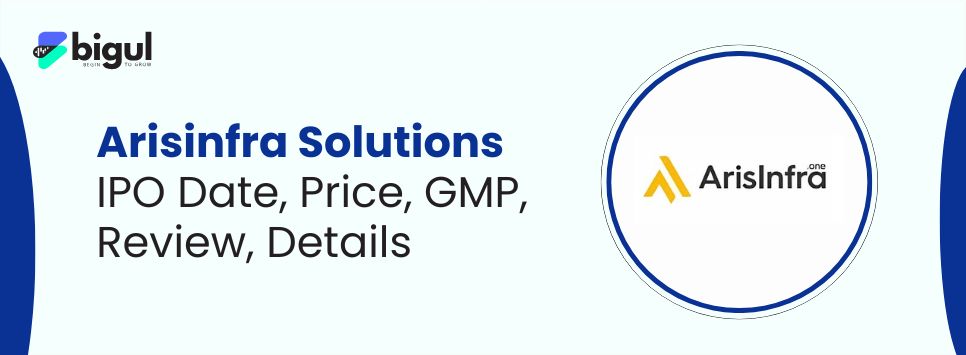A dividend is a portion of retained earnings and profits that a corporation issues to its owners and stockholders. When a corporation gathers retained earnings and makes a profit, those funds can either be invested back into the corporation or given as a dividend to stockholders. The dividend yield is computed by dividing the annual dividend per share by the stock price.
How Does a Dividend work?
A dividend’s value is computed per share and must be distributed impartially to all shareholders in the same category (standard, preferred, etc.). The Board of Directors must ratify the payment.
A dividend will be given on a specific day, known as the payout date after it has been proclaimed.
Steps for How a Dividend Works
- The corporation retains earnings and creates profits
- The administration team chooses to distribute some excess income to stockholders (instead of investing again)
- The designed dividend is to be approved by the board
- The corporation declares the dividend (the date of paying it, the record date, the value per share, etc.)
- The stockholder receives the dividend payment
Types of Dividends
Dividends come in various forms that a company might pay off to its stakeholders. The most specific notices that shareholders get are listed here, briefly explaining each.
Types Include:
- Cash: Cash is the most typical method of payment that the corporation pays directly to its stakeholders. Usually, the payment is made in electronic form, although it is also possible to pay with cash or cheque.
- Stock: These dividends are distributed to stakeholders by publishing pristine shares in the corporation. Based on the several shares the investor held earlier, these are paid proportionately.
- Assets: A corporation cannot only pay its shareholders distributions in money or stock form. It can also pay for alternate assets such as tangible property, real estate, and investment securities.
- Special: It is a dividend given in addition to the standard payout schedule of a company (i.e. annually, quarterly, etc.). It generally happens to have extra cash in hand for whatever reason.
- Common: This relates to the category of stakeholders (i.e., regular stakeholders), not the actual payment being made.
- Preferred: This applies to the shareholders who will receive the payout.
- Other: Dividends may also be paid on less typical financial assets such as shares, options, warrants in newly formed spin-off corporations, etc.
Dividend vs Buyback
Corporation managers have several distribution options they might propose to the stakeholders. Share buybacks and dividends are the two exceptionally popular types. When a corporation keeps repurchasing stocks in the open market using cash from its balance sheet, this is known as a share buyback. It has two results.
(1) it payback cash to stakeholders
(2) it lowers the amount of the outstanding shares
Share buybacks are an alternate method of returning cash to shareholders because they can help enhance the corporation’s EPS. The denominator of EPS (shares outstanding/net earnings) is decreased by lowering the number of outstanding shares, and as a result, EPS soars. Corporate managers are often assessed on their capacity to increase earnings per stock and might be encouraged to utilize this strategy.








.jpg)
.jpg)
